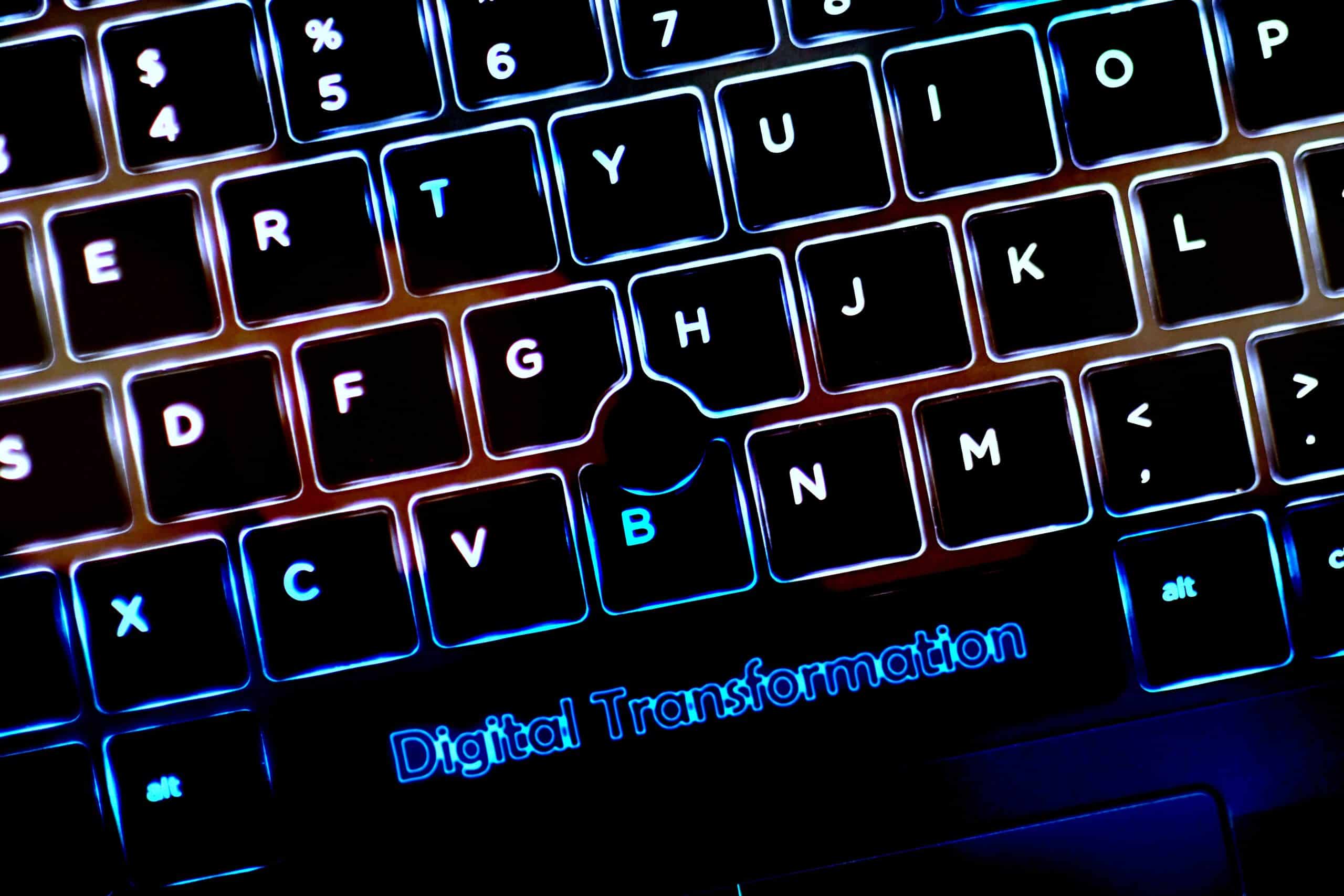How Is Digital Health Transforming Patient Care in Remote Areas?

As we navigate the digital age, healthcare is one area that has seen major shifts. This is particularly the case in remote areas, which have traditionally struggled with healthcare access. Now, thanks to digital health tools and technologies, remote patient care is experiencing a transformative shift. Let’s delve into the different ways that digital health is revolutionizing remote patient care.
Telemedicine Changes the Game
At the heart of the digital health transformation is telemedicine. This is the use of digital tools to deliver healthcare services remotely. It’s a game-changer for remote areas, where physical distance and limited resources often pose challenges.
A découvrir également : How Is the Internet of Things (IoT) Transforming Home Automation and Security Systems?
Telemedicine eliminates geographical barriers, providing patients in remote areas with access to doctors and specialists they wouldn’t otherwise have. Via video calls, phone calls, or messaging platforms, physicians can diagnose, treat, and monitor patients from afar. They can view a patient’s medical history, conduct virtual consultations, and even prescribe medication.
Telemedicine also makes healthcare more affordable. By reducing the need for travel, it saves patients both time and money. It also allows physicians to see more patients in a day, making healthcare more efficient.
Cela peut vous intéresser : What Role Can 3D Printing Play in Customizing Prosthetics and Orthotics for Patients?
The Power of Health Information Systems
Another significant digital health tool changing the landscape of remote patient care is health information systems. Health information systems capture, store, manage, and transmit a patient’s data. This facilitates communication and coordination among healthcare providers, leading to improved patient care.
For example, a physician in a remote area can access a patient’s electronic health record (EHR), getting a complete picture of the patient’s medical history. This enables the physician to make informed decisions about the patient’s care. Additionally, health information systems streamline administrative processes, enabling healthcare providers to focus more on patient care.
The Role of Mobile Health Applications
As mobile technology grows, so does its application in healthcare. Mobile health applications, or mHealth apps, offer healthcare services via smartphones, tablets, and other mobile devices.
These applications range from appointment schedulers, medication reminders, to remote patient monitoring tools. For patients in remote areas, these apps can make a big difference. They can manage their health from the comfort of their homes, without needing to travel to a healthcare facility.
For instance, a diabetes patient can use an mHealth app to monitor their blood sugar levels, get diet and exercise recommendations, and even receive reminders to take their medication. This empowers patients, giving them more control over their health.
The Impact of Artificial Intelligence
Artificial intelligence (AI) is another digital health tool transforming patient care in remote areas. AI can analyze large amounts of data to identify trends, predict outcomes, and make recommendations. This can help healthcare providers in remote areas deliver more personalized, effective care.
For example, AI can predict which patients are at risk of chronic diseases like heart disease or diabetes. Healthcare providers can then intervene earlier, potentially preventing the disease from developing. AI can also help diagnose diseases by analyzing medical images or lab results. This can be particularly valuable in remote areas where there are fewer specialists.
Digital Health Training for Healthcare Professionals
Finally, digital health is transforming patient care in remote areas by providing training for healthcare professionals. Thanks to the internet, healthcare professionals in remote areas can access online training courses, webinars, and other learning resources. They can stay up-to-date with the latest research, guidelines, and techniques.
Digital health training can also help healthcare professionals improve their digital literacy skills. This is crucial as more and more healthcare services move online. Healthcare professionals who are confident in using digital health tools can provide better care to their patients.
Overall, digital health is transforming patient care in remote areas in a myriad of ways, from telemedicine to digital health training. With these tools and technologies, healthcare providers can deliver more accessible, efficient, and personalized care. As we continue to embrace the digital age, the future of healthcare in remote areas looks promising.
The Emergence of Digital Therapeutics
Digital therapeutics represents a new facet of digital health that is significantly influencing patient care in remote areas. Similar to mHealth apps, digital therapeutics are software-driven, evidence-based interventions that have the potential to address a multitude of health conditions and diseases. These programs are typically prescribed and monitored by a medical professional, and they provide treatment by engaging the user in health-promoting activities.
For instance, instead of prescribing medication for a patient with type 2 diabetes, a physician may authorize a digital therapeutic that encourages the patient to engage in physical activity, monitor dietary habits, and learn about disease management. The program may feature a gamified platform that rewards the patient for meeting certain health goals, thereby improving adherence and motivating the patient to maintain a healthier lifestyle.
These digital therapeutics applications are especially beneficial for patients in remote areas who have limited access to healthcare services. They can supplement or even replace traditional care methods, offering patients a convenient, cost-effective, and engaging way to manage their health. Moreover, these programs can also generate real-time data for healthcare providers to review and adjust treatment plans as necessary.
The Integration of Wearable Health Devices
Another major trend shaping the landscape of digital health is the integration of wearable health devices. These devices, such as fitness trackers, smartwatches, and wearable EKG monitors, have the ability to gather vast amounts of health data about the user. This collected data can range from heart rate and sleep patterns to blood oxygen levels and physical activity.
For remote patients, wearable devices provide an opportunity to monitor their health in real time and to share this data with healthcare professionals. This can lead to more proactive preventive care and timely interventions. For example, a wearable device can alert a user to a sudden increase in blood pressure or irregular heart rhythm, which could prompt immediate medical attention.
These wearables also support telemedicine services by providing additional biometric data that can assist physicians in making more informed decisions. The combination of wearable technology and telemedicine can provide a comprehensive and holistic view of a patient’s health, even from a distance.
Conclusion
The digital health revolution is transforming patient care in remote areas in unprecedented ways. The advent of telemedicine, health information systems, mHealth apps, artificial intelligence, digital training, digital therapeutics, and wearable health devices has made healthcare services more accessible, efficient, and personalized for remote patients.
These digital tools and technologies have broken down the barriers of distance and limited resources that have traditionally hindered healthcare delivery in remote areas. They provide a range of convenient, engaging, and cost-effective solutions for patients to manage their health.
As we move further into the digital age, the future of healthcare in remote areas appears to be bright. The continued development and integration of digital health technologies promise to further enhance patient care, bringing us closer to the goal of health equity across geographic boundaries.
